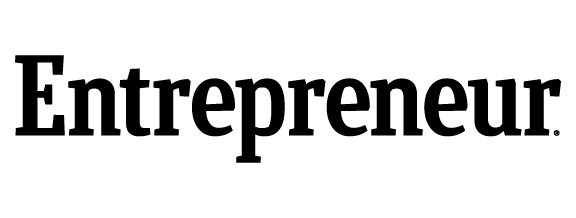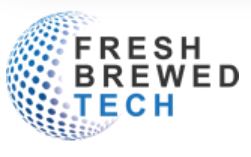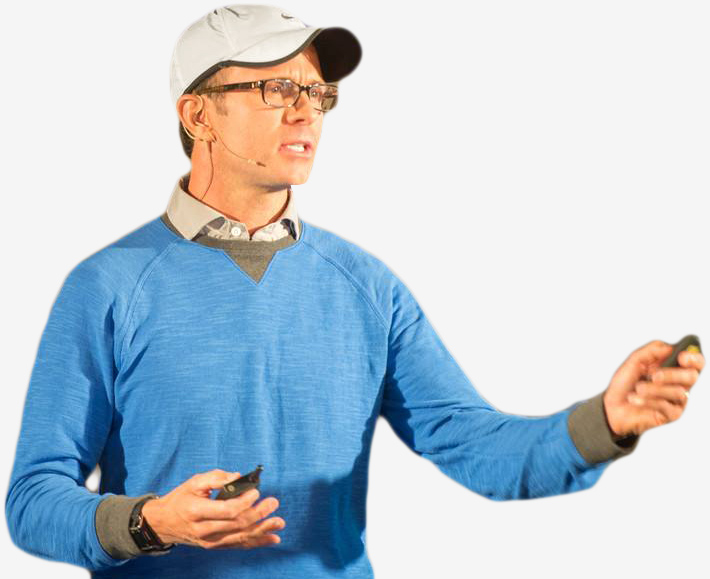Mitch Thrower | Source | CEO, Chairman & Co-Founder at Events.com`

Mitch Thrower
Mitch Thrower is a financier, entrepreneur, author and a 22X Ironman triathlete. He is the Founder and Chairman of Events.com, an innovative cloud-based Event Management Platform provider that provides a state of the art mobile-first SaaS application that enables the full event life-cycle, connecting event organizers and event goers. Events.com enables event organizers to plan, promote, and ticket their events while also providing event goers the tools to discover, register, collaborate, share, and celebrate their experiences. Thrower also serves as Chairman of The La Jolla Foundation, a 501c3 foundation whose primary initiative is Project Active, providing funding, mentoring, encouragement and education to areas of world tension. Specifically — sending sports equipment to children in war zones. Thrower Co-Founded of active.com (The Active Network, Inc.). He also launched ActiveEurope.com (Active Europe Network) as Co-Founder and CEO. Active went public before selling to Vista for 1.05 billion. Thrower was the President and Chief Operating Officer of Triathlete Magazine, the world's largest triathlon magazine where he also served as Chairman. He has also served as the Chief Interactive Officer, Strategist & Senior Correspondent for the Competitor Group (CGI), the active lifestyle industry's leading media and event entertainment company.
-

Events.com`
CEO, Chairman & Co-Founder
-
Entrepreneur Magazine: Business and Burgers: Mitch Thrower Shares Earning Potential Formula
In between happy chomps of Grub Burger Bar’s Jive Turkey and Guacapotle burgers, the hosts of Business and Burgers tackle a wide range of business advice including; selecting the right partner, sourcing capital, addressing complicated communication issues, and more.
Video -
Mitch Thrower named one of 2020's Top CEO's
These are the Top 100 highest-rated CEOs of 2020, according to anonymous employee feedback on Comparably.com over the past 12 months. This distinction is segmented into two ranked lists: Top 50 CEOs from Large companies (more than 500 employees) and Top 50 CEOs from Small/Mid-Size companies (500 employees or fewer). Methodology is outlined below the lists.
Article -
Active.com Mafia (metaphor) Part 2 (- Survival of the Fittest - Fresh Brewed Tech | Neal Bloom
San Diego entrepreneur and athlete Mitch Thrower compared founding an Internet startup to competing in the Ironman. “First, you are swimming, surrounded by thousands of other dreamers elbowing to get funded. Then, on your bike, you pedal as fast as you can to launch your business. […]
Article
-
If you model your business career after the sport of triathlon, there really are four critical things you should think about. The first is preparation - in a business situation you need to be able to pull a file, work with information, and know how to use the data. Getting organized in life is worth a solid 10% gain in what you can achieve. The second is transitions - you need to know when to make the transition from something that didn't work and wasn't generating revenue to creating something that does. Too many times people throw good money after bad ideas, or chase losses with time and resources. The third is training and learning - You have to stay on the cutting edge of technology, in sport and in business. With the knowledge base for almost anything becoming deeper and more universally available, it's important to stay on top of what's happening. Number four is networking - You become like the people you surround yourself with. Align yourself with people who have sought success, made mistakes along the way and learned from them. Hang out with people who know how to set goals and achieve them, and voila! You will too.
-
Align what you love with your work. That makes a dynamic difference. A successful career comes from a mindset of making your daily job something you love and look forward to doing because it's your passion. It’s your life; it’s your career. I lecture at the University of San Diego, Stanford University and UCLA and I often encounter students and recent graduates who say, "Hey, I'm bored working in a cubicle." I'll then ask them how many people work in their organization. And they'll say, "Oh, there's about 200." And I'll say, "How many do you know?" And they'll say, "Three." And so, my challenge to them is this: Have a breakfast, a lunch, or a coffee five days a week minimum with someone new. Even if you just meet one different person in that organization every day – you can cycle through the lessons and the lifestyles and the connectivity with the 200 or 300 people that work there in a year." The diamonds we all seek are buried in the relationships we build. Too many people go to work and simply do whatever they're told, rarely aiming above the limits of their role, as opposed to going to work to build connections with people that they're going to end up spending 30 percent of their day with. Interacting with others and learning the life intelligence they have garnered over the years is essential for success.
-
I've had a lot of time to analyze my motivation for me to fully engage in this sport. In every triathlon, your body and soul asks you why? Nearing the end of every Ironman, when the pain is most intense, my answer's always been, "Okay, never again, I promise." And then, after I finish, and cross that magic pavement on Alii Drive, it's always, "I have to race again!" because the race, the journey and the people I meet along the way, are so amazing. But perhaps the driving force came from the death of my sister Stacey, who passed away at age 16. From that moment, that aching loss fueled my passion for fitness and living a healthy life. Part of it was not wanting to die, which I think we all share at some level - that fierce desire to stay on this amazing journey called life as long as possible, and be fit enough to really enjoy it.



